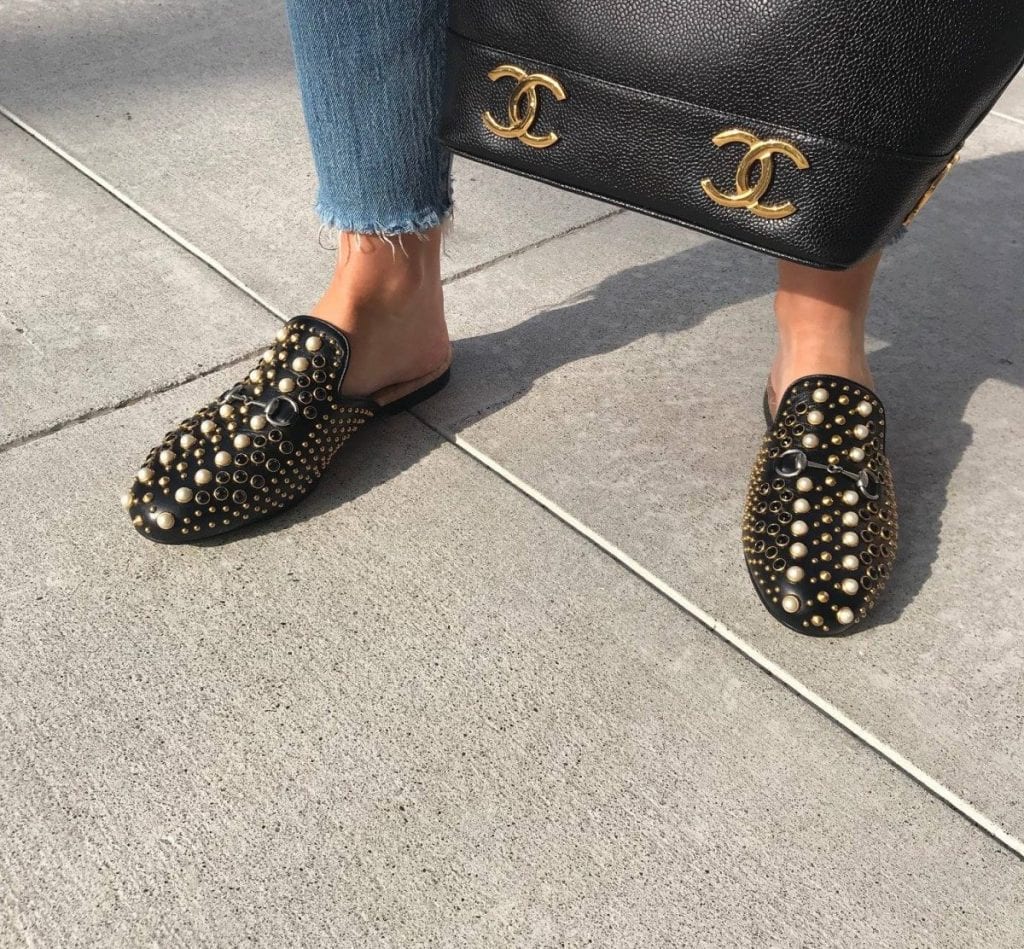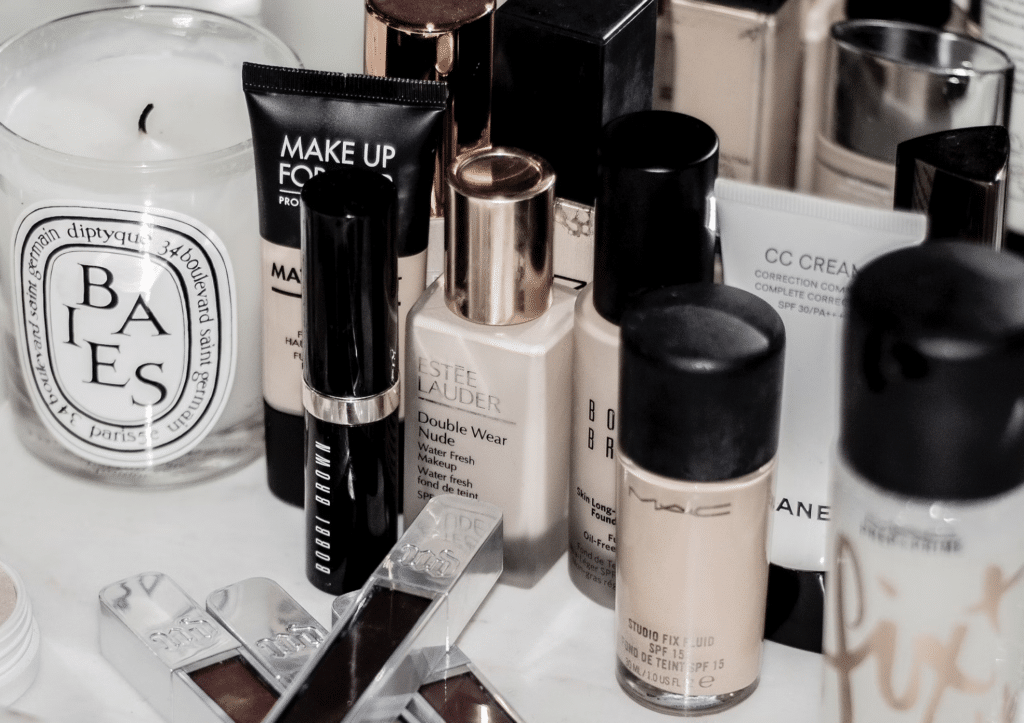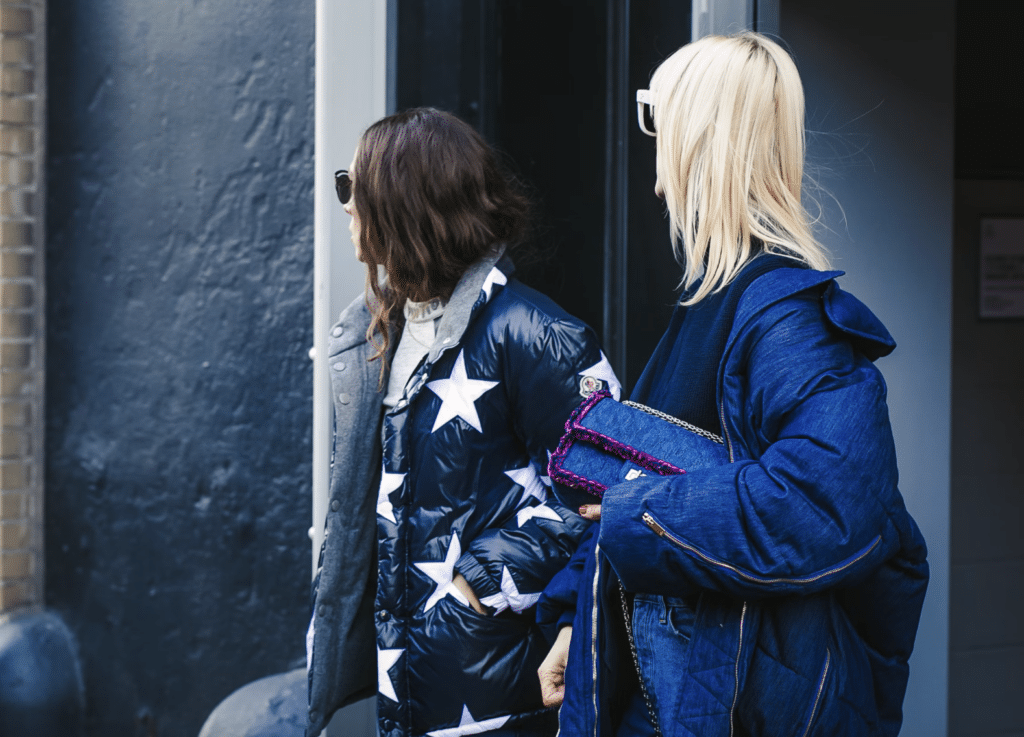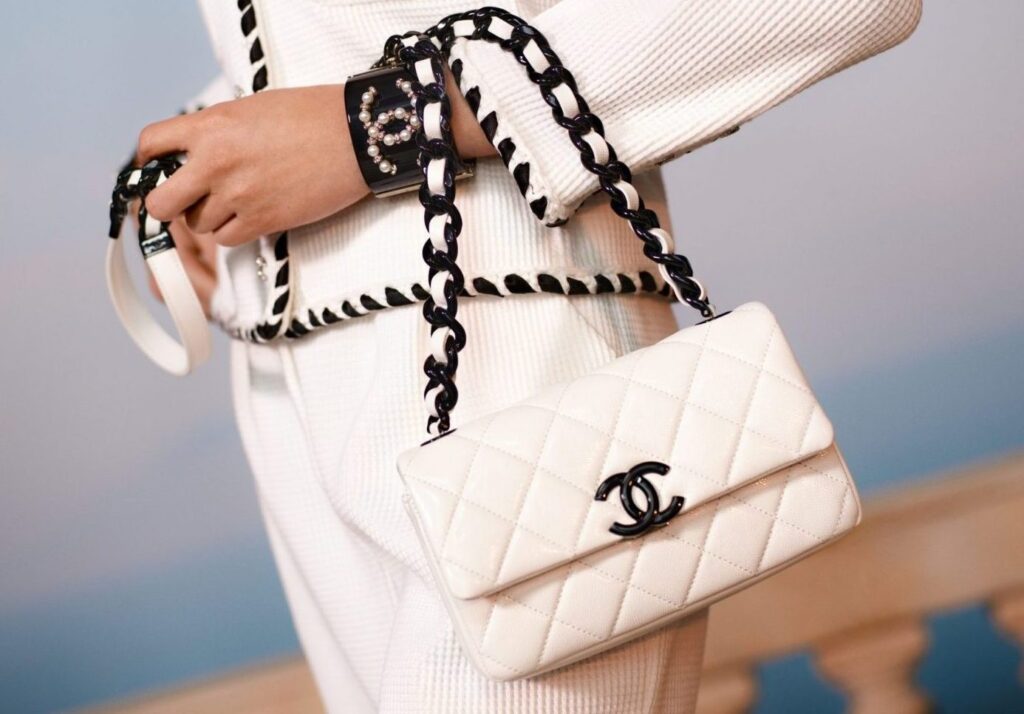With months-long store closures happening across the globe and drastic declines in spending on most non-essential items underway for no shortage of consumers, fashion brands are amassing significant quantities of unsold merchandise during COVID-19. This means that nearly “every retailer will be trying to get rid of fashion goods long after the season has moved on,” as retail expert Walter Loeb put it recently, with off-price retailers like T.J. Maxx, and Marshalls, as well as similarly situated companies, including digitally-native resale sites, such as The RealReal, expected to be among the beneficiaries of this flood of unsold stock.
As for how resale is faring in light of the global health pandemic, The RealReal (“TRR”) released its financial results for the three-month period ending on June 30, providing a peek into how this burgeoning segment of the market might be performing as a whole. According to the San Francisco-based company’s Q2 report, sales were down by 21 percent compared to the same period last year to $57.4 million, while its net loss grew to $42.9 million, up from the $25 million it reported for Q2 in 2019.
In terms of TRR’s gross merchandise value (i.e., the value of the luxury goods sold), a key metric for the company, that dropped to $182.8 million, down 20 percent on a year-over-year basis. As the company revealed in a stockholder note, the drop in GMV was due, in part, to the closure of its stores and luxury consignment offices for “the majority of Q2.” More than that, the company asserted that New York City, where “supply units” dropped the most, “remained a significant headwind throughout Q2 as many NYC consignors temporarily left the city” – likely, for their second homes – “and our stores were closed for the vast majority of the quarter.”
(In addition to relying on consumers to consign luxury goods, which TRR then sells on its website or in its brick-and-mortar outposts in New York, Los Angeles, and San Francisco, in exchange to a percentage of the sale, TRR also works with brands that are looking to offload merchandise, an offshoot of in its original model that we first noted back in September 2018).
While TRR says that all of its stores and luxury consignment offices are currently open for shopping and consignment (and have been since late June), its four warehouses are operational, and as of July, its supply of luxury goods was increasing by 8 percent year-over-year, New York might be somewhat slow to fully bounce back, as “based on our conversations with colleagues, consignors and the investment community, we don’t expect many NYC consignors to return to the city until the end of the summer at the earliest.”
Looking beyond the downturn in supply, the most critical element of the TRR model, the onset of COVID-19 had a “favorable impact on the mix of goods sold,” the company revealed in an earnings call last week, as reported by the Wall Street Journal. “Homebound customers spent more on higher value purchases, such as handbags, jewelry and watches, rather than apparel, [and] the average selling price increased by 12 percent in July compared with the same month a year before.”
Another positive takeaway came in the form of web traffic, which grew by 20 percent for the quarter compared to the same three months in 2019. “The number of active buyers over the trailing 12-month period also increased 24 percent year over year,” per the WSJ, which is “a great sign for future transactions, as repeat consignors and buyers tend to stick around—they accounted for more than 80 percent of gross merchandise value last year.”
Still yet, the Journal’s Jinjoo Lee asserts that there is “significant room” for TRR to grow, “as the current base of active buyers only account for roughly 4 percent of members that registered an email address on the website or downloaded the mobile app as of year-end 2019.”














